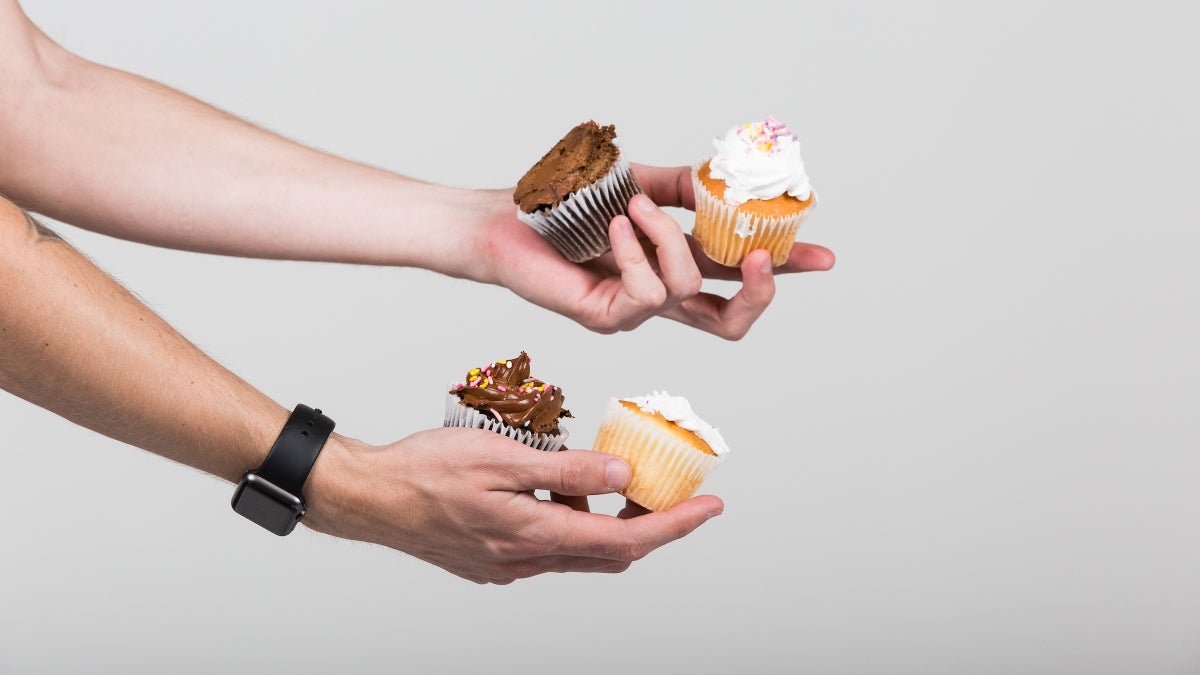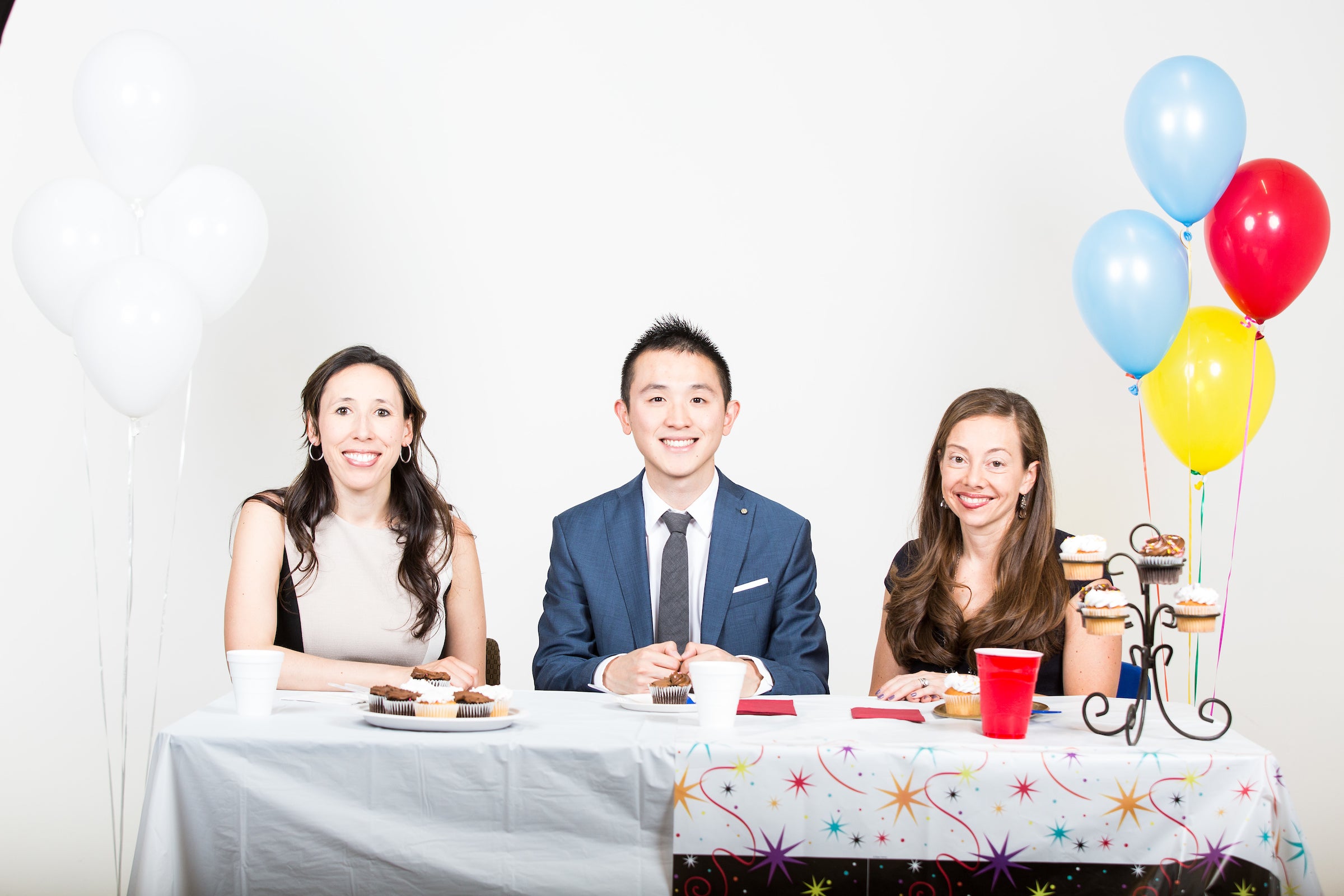Goods that are 'too pretty to use' could have big effect on sustainability

Could we help save the Earth by making everyday consumables more beautiful?
An Arizona State University team’s study found that people used a lot fewer paper products when the items were more aesthetically pleasing. That could have big implications for huge restaurant chains that use plain brown napkins, the researchers said.
Freeman Wu, a doctoral student in marketing in the W. P. Carey School of Business, based the idea for his dissertation research on his own experience, when he had some beautiful napkins and, even though he was out of tissues, was reluctant to use them to blow his nose.
“I wondered, ‘Is this even rational?’ This napkin was manufactured for my consumption. Why was I treating it like a work of art?” asked Wu, whose paper “It’s Too Pretty to Use! When and How Enhanced Product Aesthetics Discourage Usage and Lower Consumption Enjoyment” appears in the Journal of Consumer Research.
His co-authors were his advisers, Adriana Samper, an assistant professor of marketing, and Andrea Morales, a professor of marketing, both in the W. P. Carey School of Business at ASU, and Gavan Fitzsimons, professor of marketing at Duke University.
The researchers ran seven studies comparing “pretty” and “plain.” One was in the bathroom of a Scottsdale fitness club. They stocked the single stall with plain toilet paper for two weeks and then with Christmas-designed toilet paper for another two weeks. Traffic in the gym was constant over both periods.
The resultsThis averaged out to each person using 6.66 sheets of the plain compared with 3.7 sheets of the fancy.: The gym went through 21 rolls of plain toilet paper but only 10 rolls of the Christmas paper.
An ASU team ran a study comparing "plain" and "pretty" goods. Team members are (from left) Adriana Samper, Freeman Wu and Andrea Morales. Photo by Deanna Dent/ASU Now
Another study compared paper napkins. Subjects were randomly assigned a plain or a prettily designed napkin and then were given goldfish crackers to eat while watching videos. People who had the pretty napkin were much less likely to use it to clean off their hands.
“The plain ones they tore up, spit out their gum in them, crumpled them. The high-aesthetic ones they were much more likely to leave in pristine condition,” Wu said.
After the video, all the subjects were asked to rate their emotions, and the people who used the pretty napkins were more likely to report negative emotions.
So not only are people less likely to use pretty consumables, they also feel bad about it when they do.
The team took that concept a step farther with a cupcake study. Undergraduates were assigned to receive either a fancy cupcake with a beautiful frosting rose on top or a plain cupcake. They ate the cupcakes while watching videos.
“People ate less of the high aesthetic cupcake, and people actually enjoyed eating the cupcake less in the high-aesthetic condition,” Wu said.
“Once people see that they’ve taken something beautiful and turned it into something ugly through consumption, that leads to lower enjoyment as well.”
So why do people feel this way?
“We think it’s the perception of effort. People infer that a beautiful cupcake or napkin takes more effort — somebody had to come up with that design,” Wu said.
“Because we as consumers naturally appreciate other peoples’ efforts, and consumption of these products basically entails ruining the design, we’re reluctant to destroy the effort these products represent.”
They tested the effort theory with two online surveys. In one, respondents were asked to imagine that they spilled something in a bakery and needed to grab a wad of napkins to wipe it up. They could choose either bright blue or plain white napkins. Eighty percentThis was replicated in a lab study, in which subjects were told to test a lotion and then allowed to choose a napkin to wipe their hands with, and they were more likely to choose the plain ones. chose the plain napkins.
Then the researchers flipped it. When respondents were told that, in the same scenario, the “prettier” napkins actually required less effort to manufacture than the plain ones, 64 percent chose the pretty ones.
Samper said that previous research has shown that people will pay more for pretty items.
“But we were able to show they’ll pay more, but they enjoy it less and are more hesitant to use it,” she said.
In their conclusion, the team said that the results could affect manufacturers because while people are more likely to pay extra for beautiful items, they’re less likely to use and enjoy them, which could mean eventually buying less. So a spurt in short-term sales might not translate to long-term profitability.
Another intriguing consequence of the cupcake study could be in obesity research. The paper calls for more investigation into whether highly aesthetic presentation of foods could reduce consumption.
Wu and Samper said that “Too Pretty To Use” has big implications for sustainability. Chains that use plain, unbleached napkins might entice customers to grab big piles of them as opposed to fancier napkins that consumers use sparingly.
“With low-effort products, you don’t even worry about how much you’re consuming,” Samper said.
“You’re licensing people to use as much as they want.”
More Environment and sustainability

Driving green desalination
Wilderness survival TV show hosts, pirates and water treatment researchers agree on one thing: Most natural water sources are not safe for drinking. Among the many potential risks is the high salt…

ASU preservation facility serves as test bed for rooftop heat mitigation
A roof coating that uses thermal energy storage materials from Arizona State University spinout EnKoat is halting the heat in several ASU buildings — including a section of the university’s largest…

ASU Carbon Summit displays sustainability leadership, collaboration and ... electric motorcycles
This month, a student-led initiative brought government officials, entrepreneurs and nongovernmental organizations under one roof to discuss sustainable carbon solutions. The annual Carbon…
